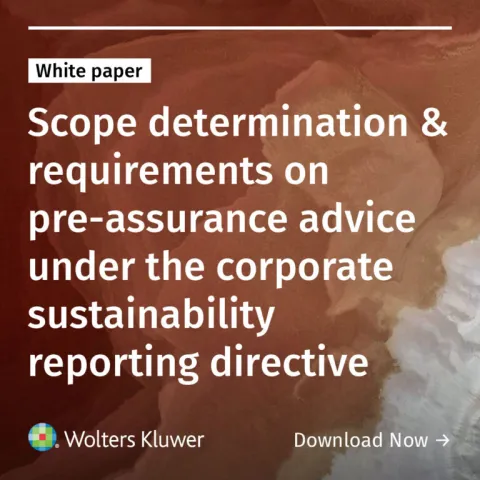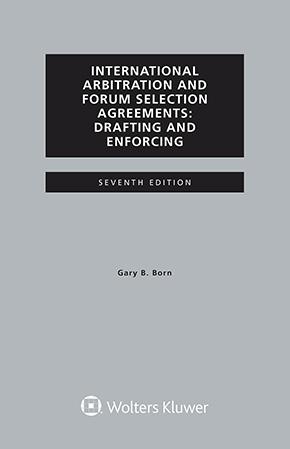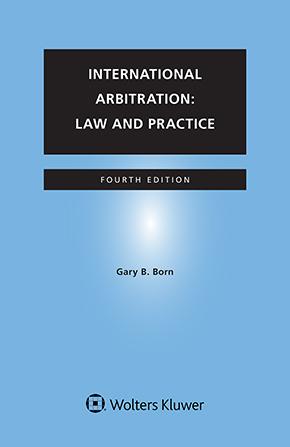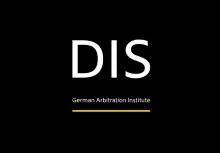Hong Kong Arbitration Week 2025: Uncovering Hidden Wealth: Strategies in Asset Tracing and Recovery
October 25, 2025
As part of Hong Kong Arbitration Week 2025, Hui Zhong Law Firm (“Hui Zhong”) hosted a panel on 23 October 2025, entitled Uncovering Hidden Wealth: Strategies in Asset Tracing & Recovery. The discussion explored: (i) typical scenarios requiring asset tracing; (ii) strategic approaches, common methodologies and available tools for asset tracing; (iii) asset recovery proceedings across different jurisdictions; and (iv) how the application of artificial intelligence (“AI”) and availability of third-party funding could reshape future asset tracing and recovery endeavors.
The panel featured specialists with extensive cross-jurisdictional experience in asset tracing and recovery. Mariana Zhong (Partner, Hui Zhong) delivered a welcome note and moderated the panel. Fleur O’Driscoll (Partner, Baker & Partners) spoke from the perspective of a practitioner with experience in the Cayman Islands and British Virgin Islands (“BVI”). Jessica Pyman (Partner and Regional Head of Business Intelligence in Asia Pacific, Control Risks) offered a global investigatory perspective. Xueyu Yang (Partner, Hui Zhong) shared insights from relevant practices in the United States (“U.S.”), and Ning Fei (Managing Partner, Hui Zhong) contributed perspectives from the People’s Republic of China (“PRC”), Australia and Canada.
Asset Tracing: Typical Scenarios
The discussion opened with common scenarios requiring asset tracing.
Mr. Fei expressed concerns over the typical case where a debtor transfers assets outside of their home jurisdiction. He introduced particular cases where Hui Zhong, representing Chinese creditors, had tried to trace and recover assets in Australia and Canada against debtors who had transferred and relocated their assets and rendered themselves judgment-proof in China.
Ms. Yang observed that cross-border asset tracing is often needed when debtors separated their legal liabilities from actual wealth. Typically, this involves proactively moving assets offshore under family members’ names ahead of claims to create an enforcement gap.
Ms. O’Driscoll noted that asset tracing does not always indicate deliberate attempts to frustrate enforcement because private individuals may simply be discreet about their wealth. She emphasized that tracing is a crucial preliminary step before litigation or arbitration; otherwise, a client may obtain a favorable judgment but there may be no assets against which to enforce. However, even when assets are identified, interim relief (such as injunctions, freezing orders, or receiverships) may be difficult to obtain unless evidence shows that the defendant is trying to render themselves “judgment-proof.” Cases can become more complex when a target has fled their jurisdiction and placed assets in a foreign trust.
Ms. Pyman echoed these points, sharing that her team frequently assists in cases where individuals relocate assets internationally. She cited her recent cases where Chinese nationals moved assets to Korea, Vietnam, Japan, Australia, and the U.S. She also highlighted that asset tracing can help uncover irregular dealings with third parties (such as unusual fund flows) and apply settlement pressure.
Asset Tracing: Strategic Planning
From a counsel’s perspective, Ms. Yang discussed the strategic planning involved in asset tracing in two steps. First, the asset tracer must understand their objectives and scope, whether that be litigation support, judgment enforcement, or fraud investigation. Second, the asset tracer must assemble appropriate teams and allocate resource accordingly. For instance, using investigators or forensic accountants to follow the money, and using legal counsel to leverage various legal tools.
Mr. Fei stressed the importance of planning legal and investigatory steps early and thoroughly. Referring back to Hui Zhong’s experience in the Australian case, he noted that the debtor attempted to derail recognition of the Chinese judgment by alleging initiation of a retrial, delaying proceedings, and draining the creditor’s resources. Therefore, proper preparation is essential to anticipate such tactics.
From the investigation side, Ms. Pyman emphasized the value of keeping the investigative team closely involved. When investigators understand the case strategy, they can better identify relevant information and determine the most effective collection methods.
Asset Tracing: A Glimpse of Useful Tools and Their Challenges
Ms. Pyman discussed human resource networks and post-COVID investigative tools. While human networks remain valuable to uncover hidden relationships or dissipation, findings made by investigators through human resources often face admissibility challenges in court. However, Ms. Pyman commented that the public record environment has evolved massively, particularly since COVID. Simple data points like phone numbers or email addresses can help map a significant portion of an individual’s online presence.
Ms. O’Driscoll discussed Norwich Pharmacal applications in the BVI and Cayman Islands. These pre-enforcement orders against third parties compel a company’s registered office provider to supply an up-to-date register of members. Recent Beneficial Owner regime reforms further strengthened these compliance obligations, with penalties including the restriction of share transfers in the BVI or the striking off of non-compliant companies in the Cayman Islands. She also noted the practice of seeking injunctions, citing Minsheng Vocational Educational Company Limited v Leed Education Holding Limited, where the Cayman Islands Court of Appeal upheld injunctive relief in support of a CIETAC arbitration.
Ms. Yang, citing her recent experience, outlined two available tools in the U.S. First, 1782 Orders under 28 U.S.C. § 1782 allow pre-judgment discovery for use in foreign proceedings, including discovery of bank accounts, shell companies, and third-party information. Second, subpoenas may be used once foreign judgments are confirmed or registered in the U.S. However, Ms. Yang noted that service of process to Chinese parties remains a key challenge, which often takes months because the PRC Ministry of Justice reviews requests on a case-by-case basis.
Ms. Zhong noted that she also encountered challenges in a case in Australia where she and the Australian counsel sought to apply for freezing orders to make the debtor disclose his assets and to preserve these assets from dissipation. However, the first application was not granted as the Australian court did not find any imminent risk of asset dissipation, and the second application was granted in limited scope which did not in effect prevent the debtor from disposing of his real estate property.
Ms. Pyman highlighted investigative challenges: niche tools may yield useful leads but are hard to explain to courts due to tool providers’ reluctance to disclose their methods in court, citing trade secret concerns. As for human resource findings, aside from the admissibility issues mentioned above, they are also often insufficient to locate tangible evidence.
Asset Recovery: Recognition & Enforcement Proceedings
Mr. Fei briefly commented on how foreign jurisdictions have shifted their attitude towards Chinese judgments compared with about a decade ago. He observed that foreign courts increasingly recognize Chinese judgments, generally trusting the Chinese legal system unless particular grounds exist to question integrity.
Ms. Yang discussed the challenges of enforcing foreign judgments in the U.S., where the absence of a federal enforcement system means recognition and enforcement are handled on a state-by-state basis. She pointed to three observations. First, on personal jurisdiction, in Cargill Financial Services International, Inc. v Taras Barshchovskiy, a New York court held that recognition itself does not require personal jurisdiction, though enforcement does. Second, on reciprocity, while most U.S. states adopt the Uniform Foreign Money Judgments Recognition Act (1962), which removes reciprocity, some states continued to require it. For example, lack of reciprocity is a mandatory ground for refusal in Georgia and Massachusetts, but only a discretionary one in Florida and other states. Third, on due process, although a New York court once questioned the due process in the Chinese legal system, the appellate court reversed that view. U.S. courts now generally recognize Chinese judgments absent evidence of political interference or corruption.
Ms. O’Driscoll discussed legal mechanisms in the BVI and Cayman Islands such as recognition/enforcement applications. She cited the recent case of Suning International Group Co Limited v Carrefour Nederland BV [2025] CICA (Civ) 11 in the Cayman Islands, where service of a Cayman order in the PRC under the Convention on the Service Abroad of Judicial and Extrajudicial Documents in Civil or Commercial Matters (the “Hague Service Convention”) could cause a year-long delay. The case clarified that expert evidence on service delays could allow courts to order alternative service, usually on the law firm representing the defendant in the preceding arbitration.
Ms. Zhong commented that there are two distinct grounds in Australia, as in many common law countries, that can be deployed by the debtor to resist recognition and enforcement of a foreign judgment: fraud and natural justice. Referring to the Australian case that she is handling, she observed that a debtor may raise a fraud allegation and introduce into the recognition proceedings substantive issues of the case, which would add complexity and significantly delay the recognition proceedings.
Looking Ahead: Development & Prospects
In concluding the session, the panellists shared their perspectives on the future of cross-border asset tracing and recovery, particularly involving the role of AI and third-party funding.
Ms. Pyman noted that AI is unlikely to resolve certain structural challenges in developing markets, particularly across Southeast Asia where government registries are decentralized and manual record retrieval is still needed. Ms. Yang compared asset tracing and recovery to a high-level game of “hide-and-seek”, noting that AI’s “seek” capability becomes moot when no digital trail exists, as accessing such confidential information often requires formal legal procedures. Ms. O’Driscoll also observed that AI is unlikely to revolutionize access to information. Nevertheless, they all highlighted AI’s potential to enhance and transform information analysis.
Ms. O’Driscoll further noted that Cayman and BVI registers remain largely non-public following the trend set by the Court of Justice of the European Union’s decision in WM and Sovim SA v Luxembourg Business Registers. As a result, there is unlikely to be a significant increase in the publicly available information which AI, such as Large Language Models, may review. However, AI can efficiently search, aggregate, and present large datasets, generate timelines, or assist in document review in Norwich Pharmacal disclosures.
Mr. Fei commented that third-party funding will lend great help to desperate creditors who do not have the capacity or resources to trace and recover assets abroad, although he cautioned that some jurisdictions do not recognize the use of third-party funding in litigation proceedings. Mr. Fei remained confident that third-party funding will contribute positively to the advancement of cross-border asset tracing and recovery.
Takeaways
The discussion underscored that asset tracing and recovering is rarely straightforward. Despite technological progress, fundamental challenges, such as jurisdictional barriers, evidentiary hurdles, and enforcement delays, persist. While AI offers promising tools for data processing, effective asset tracing and recovery will continue to hinge on strategic planning, an up-to-date understanding of diverse legal regimes, and close coordination with skilled counsel and investigators across jurisdictions.
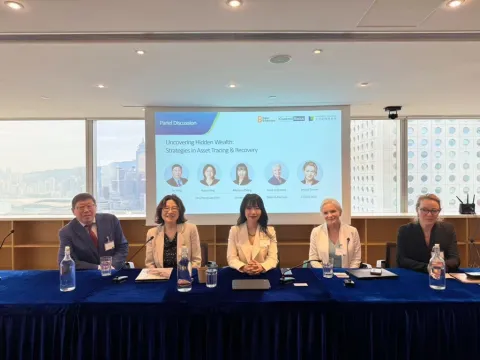
The author and her firm, Hui Zhong Law Firm, were and are involved in anonymized cases mentioned in this post.
This concludes our coverage of Hong Kong Arbitration Week 2025. More coverage from Hong Kong Arbitration Week is available here.
You may also like





